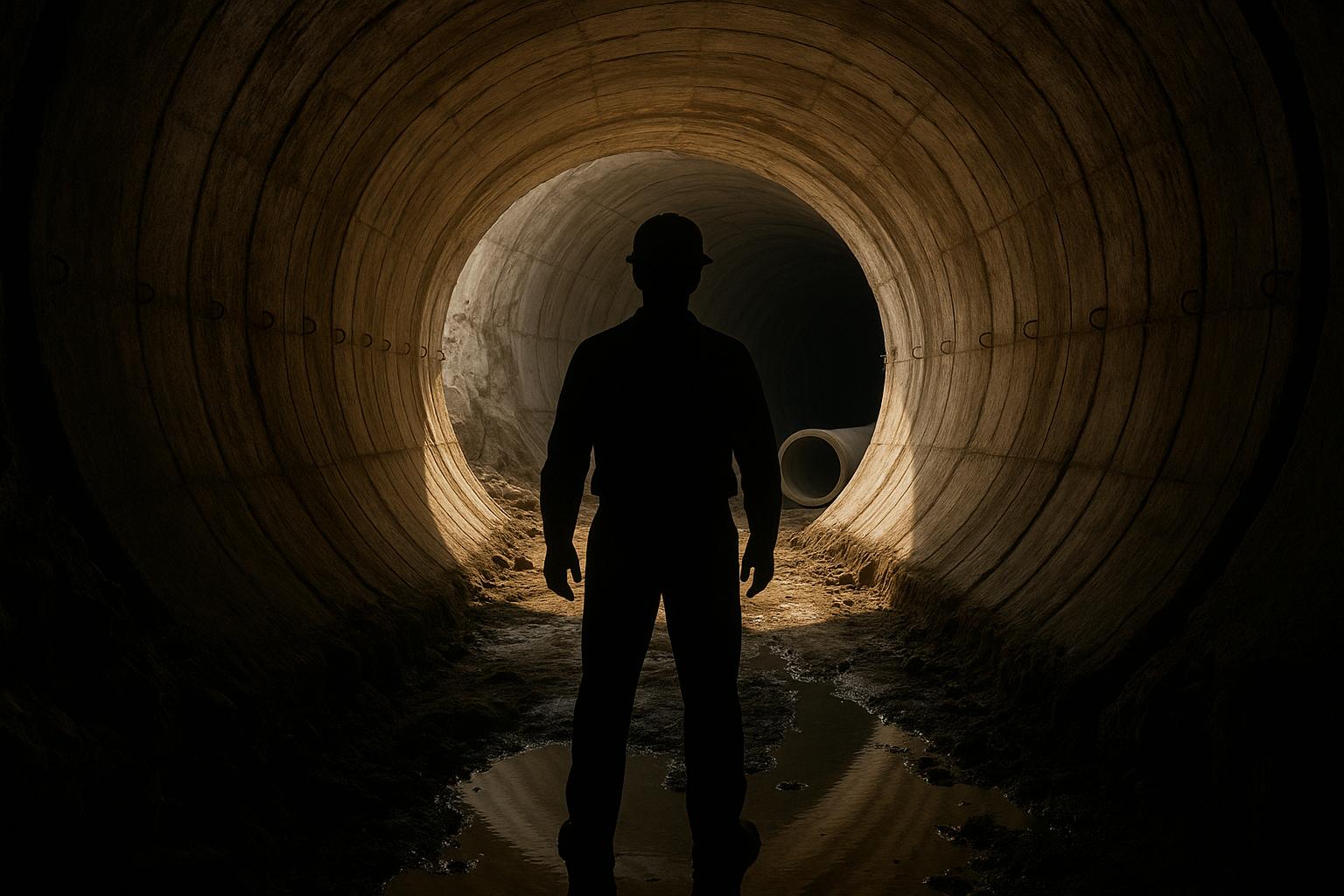Rosa Diez, Mott MacDonald's European Tunnels Practice Lead, reflects on nearly three decades of experience in the tunnelling sector, revealing how lessons from transport infrastructure could prove pivotal for future developments in water and energy projects. Beginning her career with the Heathrow Express recovery team, Diez has contributed to high-profile transport schemes such as the Victoria Station Upgrade, Crossrail, HS2, and international metros in Portugal, Australia, and Norway. Despite early engagements with tunnel collapses, she clarifies that such incidents remain rare in the industry.
Over the past five years, Diez has witnessed a decline in investment in underground transport infrastructure in the UK, with notable project cancellations and postponements, including the Stonehenge tunnel and HS2 Phase 2. These disruptions have created uncertainty and caused skilled tunnelling professionals to seek opportunities abroad, especially in markets like Saudi Arabia and Australia offering more attractive packages. Nevertheless, Diez anticipates a resurgence in tunnelling activity, driven less by transport and more by substantial new funding into energy and water infrastructure to enhance resilience and support Net Zero ambitions.
Water and energy tunnelling projects tend to be smaller individually but greater in number than transport tunnels, although exceptions such as the Sizewell C nuclear project exist. Diez points out that while operational demands differ—water and power tunnels typically require far less frequent access than transport tunnels—the complexity remains significant. Operational considerations for water and energy tunnels focus heavily on maintenance, such as debris management in large sewage tunnels, whereas transport tunnels must address daily public usage and emergency evacuations.
Construction approaches also diverge; for example, many planned Pumped Storage Hydro (PSH) schemes in the UK, particularly in Scotland, will demand tunnel excavation methods like drill and blast, which are not widely used domestically. This presents a need to import skills from international markets accustomed to such conditions. Furthermore, the ground investigation for PSH projects must adapt to deeper and often remote sites, relying more on non-intrusive geophysical methods due to the high cost and logistical challenges of drilling boreholes.
Diez highlights the importance of creating suitable working conditions and providing upskilling opportunities, especially for local communities near remote project sites. Mott MacDonald is proactively preparing for increased demand in the water and energy sectors by training new personnel, reflecting the broader industry's recognition of emerging opportunities beyond transport tunnelling.
Critically, the robust frameworks and technical expertise developed during complex urban transport tunnelling projects offer valuable models for managing risks, ground uncertainties, and stakeholder engagement in water and energy schemes. Transport projects have pioneered collaborative contracting, detailed geotechnical assessments, and sophisticated programme management practices, all of which can be adapted to the evolving demands of water and energy tunnelling. Moreover, delivery models such as framework agreements and alliances, which have gained traction in large transport projects, are being leveraged to boost efficiency in the new sectors, potentially helping to avoid past issues of delays and cost overruns.
Technological innovation remains a key driver. Diez emphasizes how digital tools, data-driven design optimisation via the observational method, robotics, and automation—with inherent health and safety benefits—continue to advance tunnelling capabilities. This transition supports a shift from over-conservative prescriptive designs towards more adaptive and efficient construction.
Despite shifts in project type and scale, Rosa Diez remains optimistic about the tunnelling industry's career potential. She frames the sector as offering fulfilling work, contributing directly to critical infrastructure that enables mobility, energy supply, and water access. For practitioners willing to diversify and adapt, the industry's future promises engaging challenges and opportunities to apply deep expertise in novel contexts. As the UK and global tunnelling landscapes evolve, the cross-pollination of knowledge between transport, water, and energy projects appears essential in meeting future infrastructure needs.
📌 Reference Map:
- [1] (New Civil Engineer) - Paragraphs 1-10, 12-15
- [2] (Mott MacDonald profile) - Paragraph 1
- [3] (Mott MacDonald, Hydropower careers) - Paragraph 7
- [4] (Crossrail Learning Legacy) - Paragraph 9
- [6] (Construction News profile) - Paragraph 1
- [7] (Mott MacDonald, Manhattan rail) - Paragraphs 9, 10
Source: Noah Wire Services
